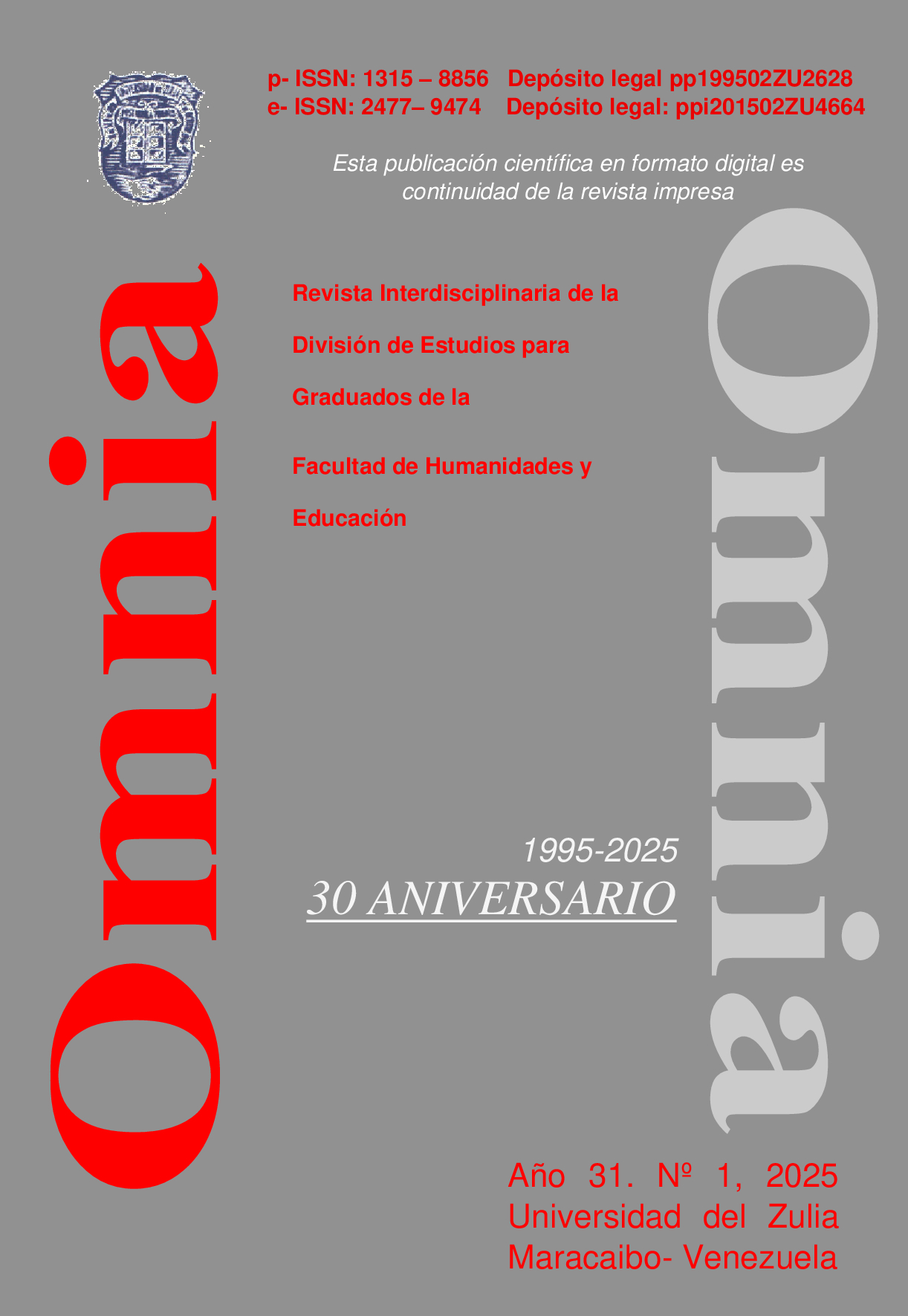Excelia with applicationsautomated calculation of probabilities
Abstract
Automated calculation refers to the numerical operations carried out on the topics of probabilities, by the design, construction and programming of the new Excelia digital resource of the technological didactic type with values added to Excel. It is undeniable, from popular knowledge, the level of difficulty that students show when learning numerical subjects, particularly the topic of probabilities. New strategies have always been sought in the hope of transforming this reality. The problem is supported by the works of Barroso, Jerez (2013); Bologna, E. (2011); Fontanelli, Mansilla y Miramontes (2020); Gómez, Contreras and Batanero (2015); López and Gómez (2022) and Serrano-Díaz (2022). Its objective was to: Design techno-didactic resources, such as Excelia, with applications on various topics related to probabilities and their distributions. The methodology used was documentary, descriptive and applied. The Excelia construction was carried out based on some Excel functions, with the support of logical functions and some mathematical devices (Carrasquero 2023). As a product of this research, there are applications that can be combined and customized according to the interest of teachers and students, grouped into a statistical calculator and an instructional resource. Finally, this product is considered of great interest due to its multiple benefits, especially time savings and low level of difficulty in its use, since only the data must be entered and it is up to the user to interpret the results in light of their theoretical context
Downloads
References
Bologna, Eduardo (2011). Estadística para psicología y educación. Editorial Brujas. 1a Edición. ISBN 978-987-591-249-6. Córdoba. Argentina.
Carrasquero, Edwin (2023). Excelia: Recurso digital tecno-didáctico de valores agregados a Excel. Centro de Estudios Matemáticos y Físi-cos (CEMAFI). Facultad de Humanidades y Educación. Universi-dad del Zulia. Maracaibo. Venezuela. Revista Especializada en Educación: Encuentro Educacional, Vol.: 30, (1) enero – junio 11-31.
Fontanelli, Oscar, Mansilla, Ricardo y Miramontes, Pedro (2020). Distri-buciones de probabilidad en las ciencias de la complejidad: una perspectiva contemporánea. Inter disciplina, 8 (22), 11-37. Epub 15 de enero de 2021.https://doi.org/10.22201/ceiich.24485705e.2020.22.76416.
Gómez, Emilse., Contreras, José y Batanero, Carmen (2015). Significa-dos de la probabilidad en libros de texto para la educación pri-maria en Andalucía. Recuperado de: http://rua.ua.es/dspace/handle-/10045/-51378.
López, Camilo y Gómez, Pedro (2022). Probabilidad en diferentes países del mundo: enseñanza de la probabilidad en educación prima-ria. Educación matemática, 34 (3), 42-64. Epub 17 de marzo de 2023. https://doi.org/10.24844/em3403.02.
Serrano-Díaz, Gerardo (2022). La definición de Probabilidad y su ense-ñanza a partir de sus significados: Reflexiones. Investigación y Postgrado, 37 (2), 25–38. https://doi.org/10.56219/investigacinypostgrado-.v37i2.1456.





